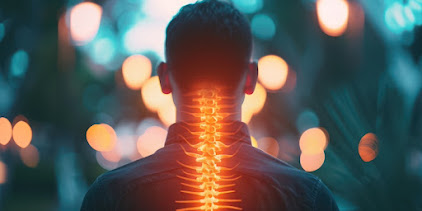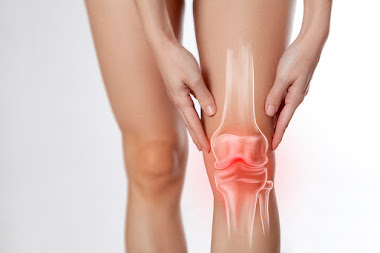Chiropractic care isn’t just about cracking backs—it’s about creating balance in your body. Even small misalignments can disrupt how you move, how you sleep, and even how you think.
Consistent care helps improve circulation, reduce stress on your nervous system, and support overall health. Over time, these “small” adjustments lead to big wins: better energy, fewer aches, and a body that feels more like home.
Let’s keep you aligned—so you can keep living fully.
707-429-4861
258 Sunset Ave
Suisun City, CA 94585
Website





